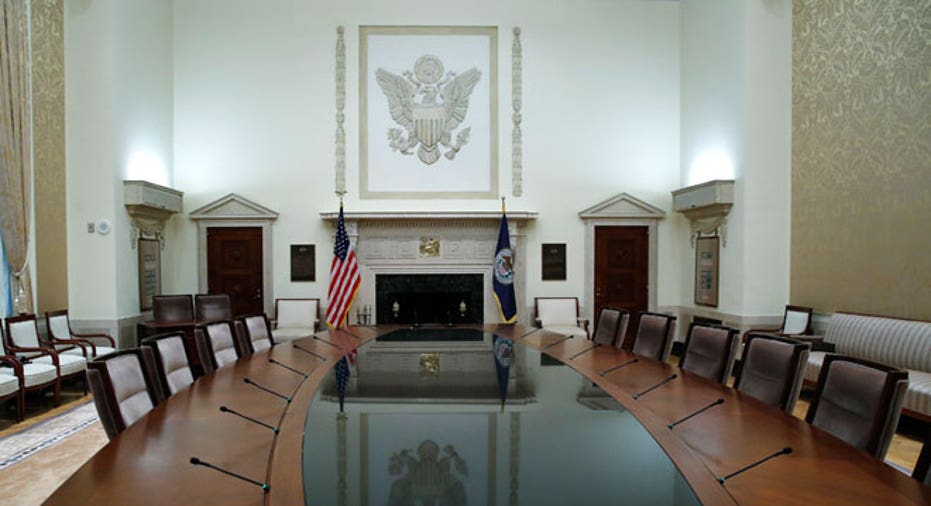Why the Fed Can Raise, Should Raise, but Won't Raise Rates

From the grandstands there doesn’t seem to be a decent explanation about why the Federal Reserve should NOT raise Fed Funds rates on Thursday! Let’s face it: We’ve been talking about it for over a year and, during that time span, many of the pieces have fallen nicely in place including a steady drop in the unemployment rate while full-time employment and wages have accelerated.
U.S. economic numbers continue to show an anemic yet steady climb in the right direction. Sure, inflation is low now, that’s largely due to the identifiable factors of a stronger dollar and lower commodity prices. The rumbling for a rate hike on Thursday is a healthy concern over the Federal Reserve being “too-loose for too-long” and how that could quickly ferment certain sour market imbalances in the very near-future.
I agree the economic data at-hand presents a very clear-cut case for the FOMC to begin normalization however, I’m still of the mind that although they should, and they could, they won’t until December.
The FOMC will most likely use this week’s meeting to telegraph a lift-off hint of December – offering communication that reinforces what most miss. Data dependency and pace matter! Additionally, the FOMC will most likely give their long-term interest rate forecasts a half of percentage point haircut – acknowledging that their best case scenario of 3.75% Fed Funds rate forecast is simply out of touch with reality.
Although a Fed Funds 25 basis point increase seems pathetic - almost symbolic - we must recognize that exiting from liquidity quicksand (lots of idle cash combined with zero interest rates) has only been attempted a few times in recent history (Bank of Japan in 2000and 2006) and both times they’ve ended badly. The U.S. and our economy are vastly different from Japan yet the sameness lies in that both central banks are attempting to force a cost for money (i.e. raising rates) when there’s no impending need for that money (i.e. banks have plenty of excess reserves).
In American economic history, we had a similar situation in the middle of our Great Depression when an interest rate tightening cycle was attempted (1936)only to roll our economy from depression, fragile recovery, to ultimate long-term recession.
Bottom line: The Fed should raise, could raise, but won’t raise this week as the proposition is at best fraught with dark alleys and trap doors.
But What If…
If you are of the mind that the FOMC will raise rates this week, the most direct way to express that conviction would be via Fed Fund futures which trade at the CME Group. In this instance, you would sell an October - December Fed Funds futures contract (priced like a bond). Currently, the October Fed Funds future is quoted at 99.80 (or, 20 bps). If the FOMC raises rates on Thursday, the futures price will go down (yield goes up) and, for every one half of one-basis point move in the future would equate to $20.835 worth of profit (e.g. One-half of one basis point (0.005), or $20.835 per contract). You could also express your conviction by selling Euro U.S. Dollar futures (i.e. US 3-Month Future Libor), in the March to December, 2016. They too will move down in price if yield should climb.
Beyond that, if the FOMC raises rates this week, I would expect the U.S. dollar to rally while gold sells off. Additionally, I think it will be viewed as generally risk-on – I’d expect stocks to rally. On the other hand, I would have my shopping cart ready with top names ready to purchase if the market indeed gets hit. It’s a rare time to be tactical.



















